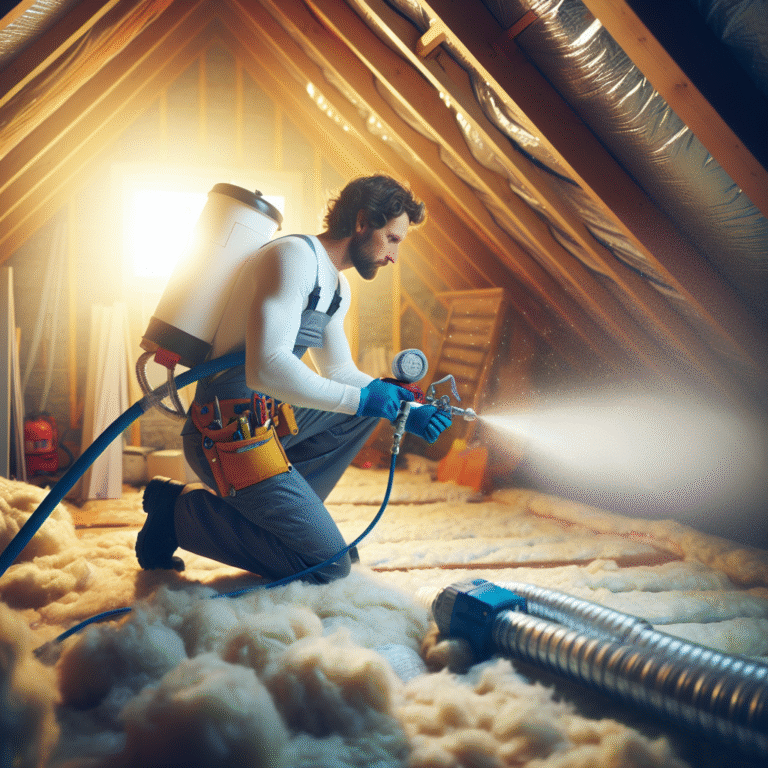The Ultimate Guide to Blown-In Insulation for Homes
Table of Contents
- Introduction
- What is Blown-In Insulation?
- Benefits of Blown-In Insulation
- How to Install Blown-In Insulation
- FAQ Section
- Conclusion & CTA
Introduction
When it comes to home insulation, maximizing efficiency while minimizing energy costs is crucial. Blown-in insulation, a popular choice among homeowners, provides an effective solution for creating a more energy-efficient and comfortable living environment.
What is Blown-In Insulation?
Blown-in insulation refers to a method where loose-fill insulation is blown using specialized equipment into wall cavities or attics. It’s made from various materials such as fiberglass, cellulose, or mineral wool, each offering unique benefits.
Benefits of Blown-In Insulation for Homes
- Energy Efficiency: Blown-in insulation creates a tight seal that reduces heat transfer, helping maintain consistent indoor temperatures year-round.
- Cost-Effective: This type of insulation helps decrease utility bills significantly by maintaining thermal comfort and reducing the workload on heating and cooling systems.
- Improved Home Comfort: By filling gaps and reducing air leaks, it enhances overall comfort by preventing drafts and cold spots.
- Easy Installation: Compared to other insulation types, blown-in insulation is quicker and less invasive to install, making it ideal for existing homes.
- Eco-Friendly: Often made from recycled materials, it supports environmental sustainability.
How to Install Blown-In Insulation: A Step-by-Step Guide
Step 1: Preparation
Assess the area, ensuring it is dry and devoid of structural issues. Seal any air leaks before adding insulation to maximize effectiveness.
Step 2: Loading the Material
Load the chosen insulation material into the blowing machine. Follow manufacturer guidelines strictly to avoid operational hazards.
Step 3: Blowing the Insulation
Using the hose attached to the blowing machine, begin filling the designated spaces. Ensure an even spread to avoid over or under-insulation in areas which can affect performance.
Step 4: Clean-up and Inspection
After installation, clean the area and inspect for any missed spots or potential leaks. A well-done insulation job can last for decades with minimal maintenance.
FAQ Section
Q: Is blown-in insulation better than rolls or batts?
A: Yes, for existing walls or attics, blown-in insulation is often more effective at completely filling spaces without the need for major renovations.
Q: Can I install blown-in insulation myself?
A: While DIY is possible, hiring a professional ensures the job is done correctly and safely, especially when handling fiberglass or cellulose.
Q: How long does blown-in insulation for homes last?
A: With proper installation and environmental conditions, blown-in insulation can last over 30 years.




